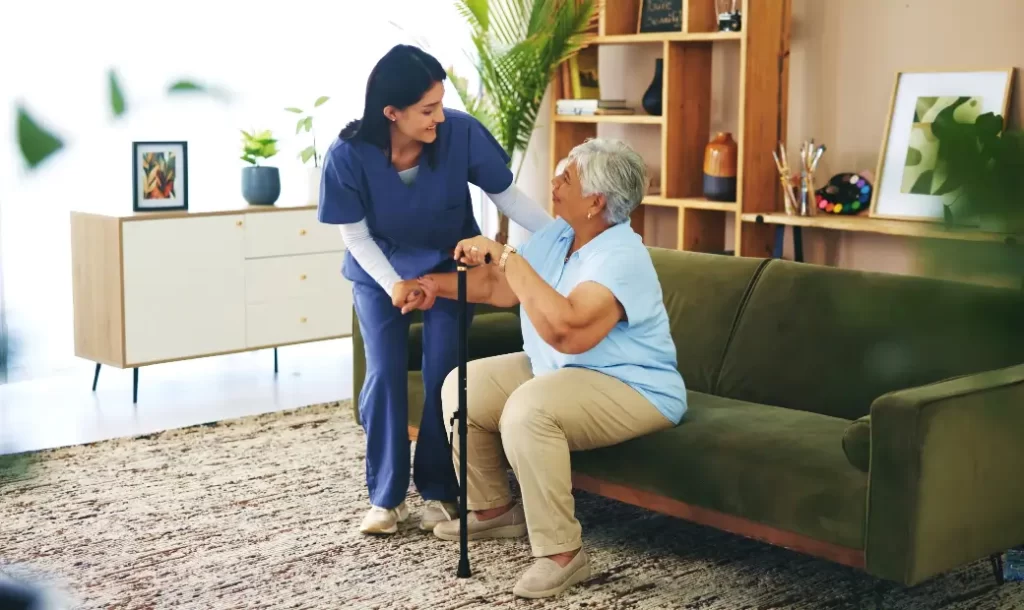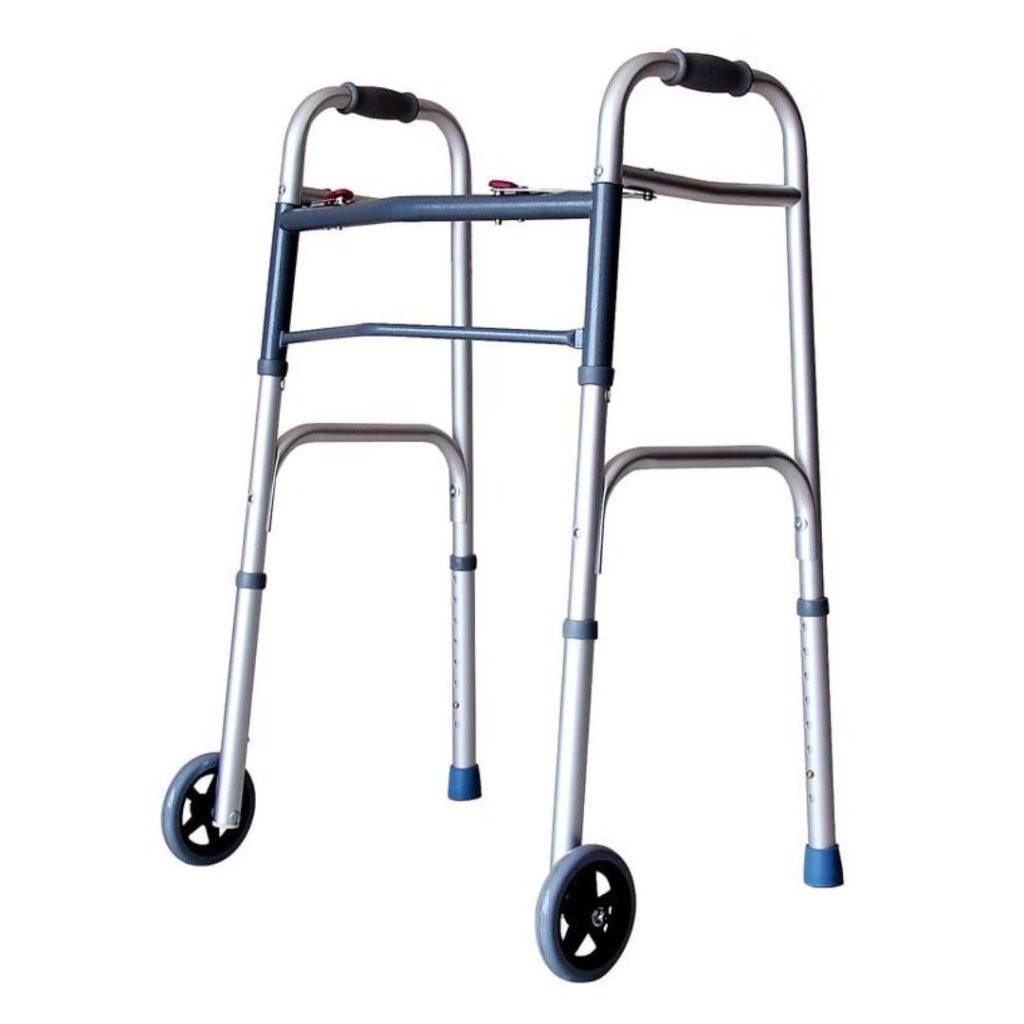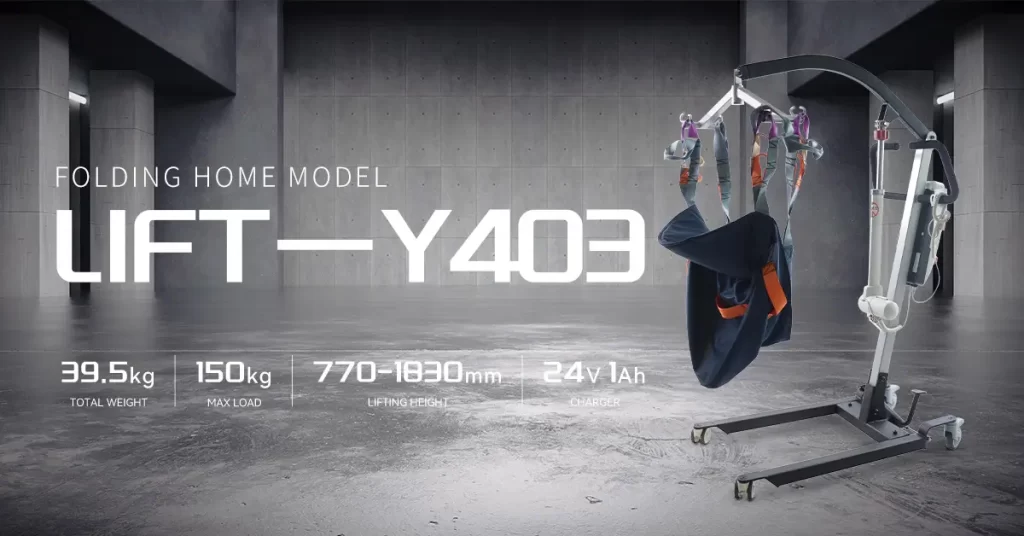Contact Us
Aging at Home: 5 Essential Equipment Categories for Elderly-Friendly Renovations
2025-06-06
As population aging accelerates, more families are turning to aging-in-place solutions. Compared with institutional care, aging at home allows seniors to live in familiar environments and better aligns with traditional family values. However, to ensure comfort, safety, and dignity, it is crucial to adapt the home environment through elderly-friendly renovations.
These renovations aim to enhance safety, support independence, and improve overall comfort. Choosing the right assistive devices plays a key role in making the home a livable, secure space for aging individuals. This article outlines five essential categories of elderly care equipment that are indispensable in any home renovation project for senior living.

The Three Core Goals of Elderly-Friendly Home Renovation
Safety is always the top priority. Preventing falls and reducing injury risks are fundamental to an aging-friendly space. Equally important is promoting independence, enabling seniors to carry out daily activities with minimal external support. Comfort is the third pillar, ensuring that the living environment accommodates reduced mobility and physical changes associated with aging. Any thoughtful renovation should address these three goals.
Five Essential Equipment Categories for Aging at Home
Walking Aids: Support for Safer Mobility
Walking aids are crucial for seniors experiencing reduced balance or leg strength. These devices support mobility and prevent accidents during movement around the house or outdoors. Depending on individual needs, options include walking canes for basic support, quad canes for greater stability, and foldable walkers with hand brakes for more comprehensive assistance. Choosing lightweight, stable, and anti-slip designs ensures both safety and ease of use.
Sitting and Standing Assistance Devices: Easing Daily Transitions
Assistance with sitting and standing is another core consideration. Muscle weakness often makes these routine movements more difficult. Electric adjustable beds allow seniors to sit up, lie down, or reposition comfortably with minimal effort. Rise-assist chairs, which gently elevate the user into a standing position, reduce the strain on joints and enhance autonomy. These tools help seniors carry out everyday activities without relying heavily on others.
Bathroom and Toilet Safety Equipment: Reducing Wet-Area Hazards
Bathrooms pose one of the highest risks for falls. The wet, narrow environment demands careful adaptation. Equipment such as mobile commode chairs improves toilet access for individuals with limited mobility, while shower stools provide safe support during bathing. Wall-mounted grab bars and anti-slip mats in the bathroom further enhance safety, making the space more functional and less hazardous.
Transfer and Mobility Devices: Safe Position Changes
For seniors who are bedridden or have severe mobility challenges, moving between bed and chair becomes a significant obstacle. Transfer aids such as electric patient lifts or sliding transfer mats allow for safe repositioning without causing strain or injury. Rotating cushions and stand-assist devices also support daily mobility needs. These tools are especially important for preserving skin integrity, preventing bedsores, and enabling routine posture changes.
Environmental Safety Accessories: Small Tools with Big Impact
Small environmental safety products, often overlooked, can make a big difference in senior comfort and security. Motion-sensor night lights illuminate pathways automatically, preventing nighttime falls. Bedside rails or door frame grab bars offer added support during transfers. Non-slip floor mats and grip tape can be installed in key areas like the bathroom, kitchen, or entryway. These low-cost, high-impact tools are essential for a safe home.
What to Consider When Choosing Elderly Care Equipment
It’s important to match assistive devices with the user’s physical condition, lifestyle, and home layout. Personalized selection ensures better usability and comfort. Opting for certified brands like INTCO Medical guarantees quality and safety. Reliable after-sales support and product consultation can also make the installation and usage process smoother for families.
Conclusion: Building a Safer, More Comfortable Home for Aging
Elderly-friendly renovations are not luxury upgrades but essential improvements for quality of life. By starting with these five equipment categories, families can take the first step toward creating a safe, comfortable, and independent living environment for aging loved ones. INTCO Medical provides a full range of home care solutions, helping households build dignified and sustainable aging-in-place environments.
If you’re considering home adaptation for senior care, this guide offers a solid starting point to help transform your space into a haven of security and comfort.




